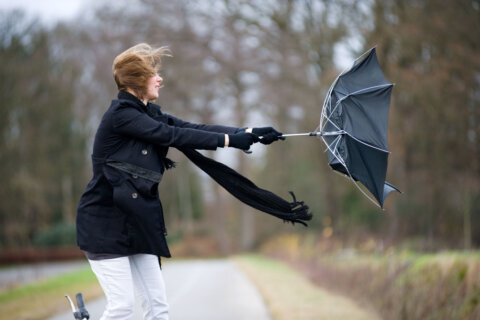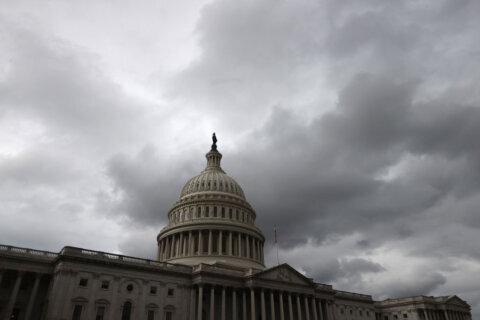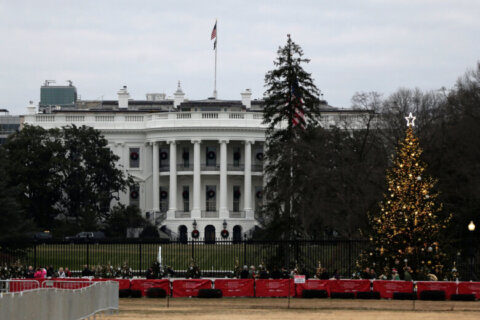For those of us who approach things by the Goldilocks Principle (not too little, not too much), spring equinox is practically perfect.
That means we get that glorious balance of daytime and nighttime all over the world — from the equator extending to the poles — with just about 12 hours of each.
Spring equinox 2019 is coming on Wednesday, March 20, and it’s eagerly awaited around the globe.
For people in the Northern Hemisphere who have been shivering through a dark winter, it brings the promise of longer days, increasing warmth, a burst of flowers and more time outdoors.
For people in the Southern Hemisphere, especially in Australia, where they’ve been through a particularly brutal summer, it brings the blessed relief of cooler autumn days.
For thousands of years, people have celebrated this time of rebirth. We’ll look at some of the festivals, holidays and mysterious structures surrounding spring equinox, along with some of the science and facts behind it:
Spring equinox has another name
If you ever hear anyone say “vernal equinox,” it means the same thing.
The term equinox comes from the Latin word “equinoxium,” meaning “equality between day and night.” And vernal also comes from Latin and means spring.
The equinoxes aren’t exactly ‘equal’
It turns out you actually get a little more daylight than darkness on the equinox, depending where you are on the planet. How does that happen?
As the US National Weather Service explains, the “nearly” equal hours of day and night are because of the complex way a sunrise is measured and the refraction of sunlight in our atmosphere.
This bending of light rays “causes the sun to appear above the horizon when the actual position of the sun is below the horizon.” The day is a bit longer at higher latitudes than at the equator because it takes the sun longer to rise and set the closer you get to the poles.
You get that truly equal day/night split a few days before the official spring equinox. That’s called the equilux.
When is spring equinox — exactly?
If you want to be totally precise, it occurs at 21:58 UCT (Universal Coordinated Time) Wednesday, March 20. That’s 5:58 p.m. ET in the United States. Click this link to plug in your location and determine your local time.
Holidays
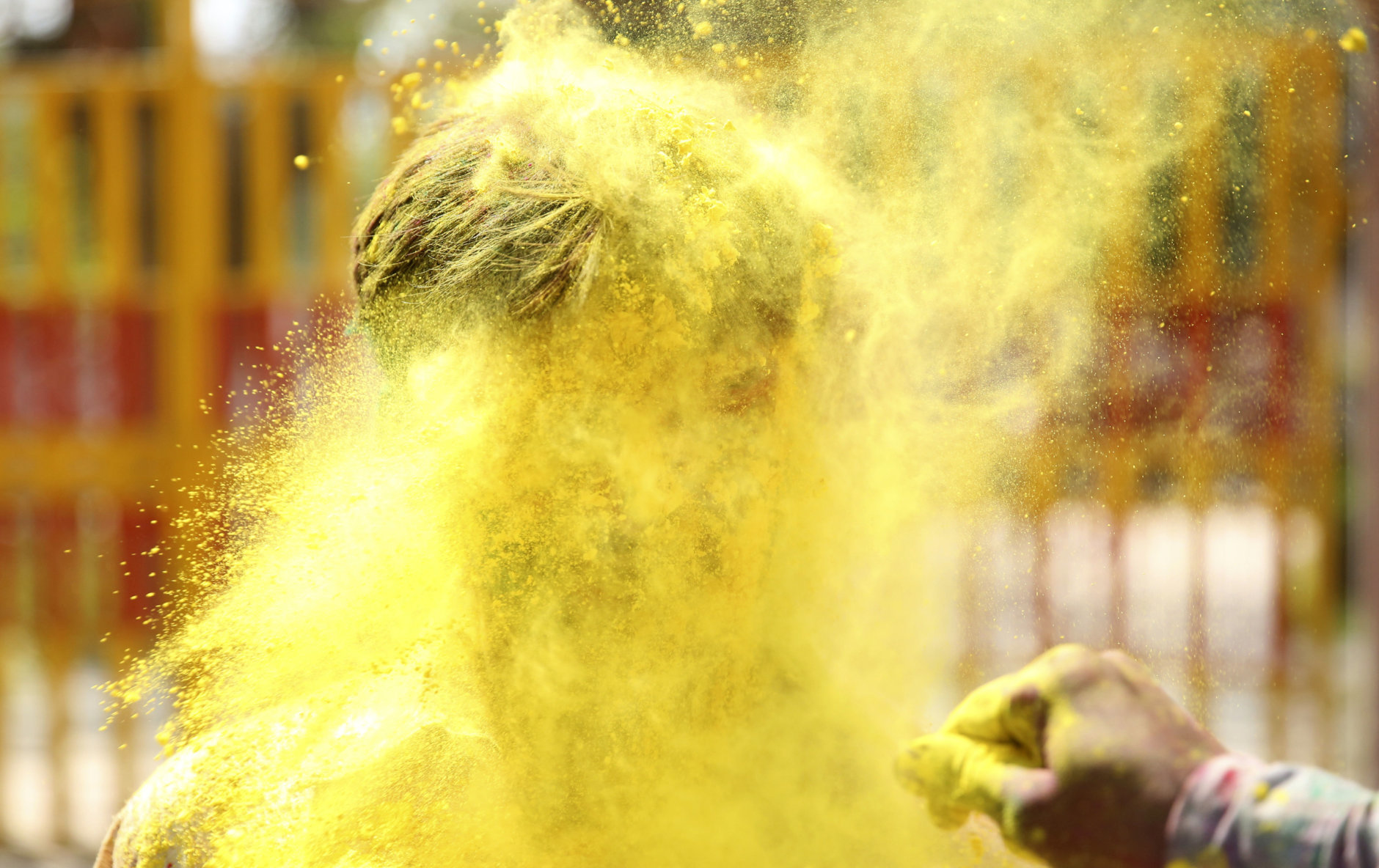
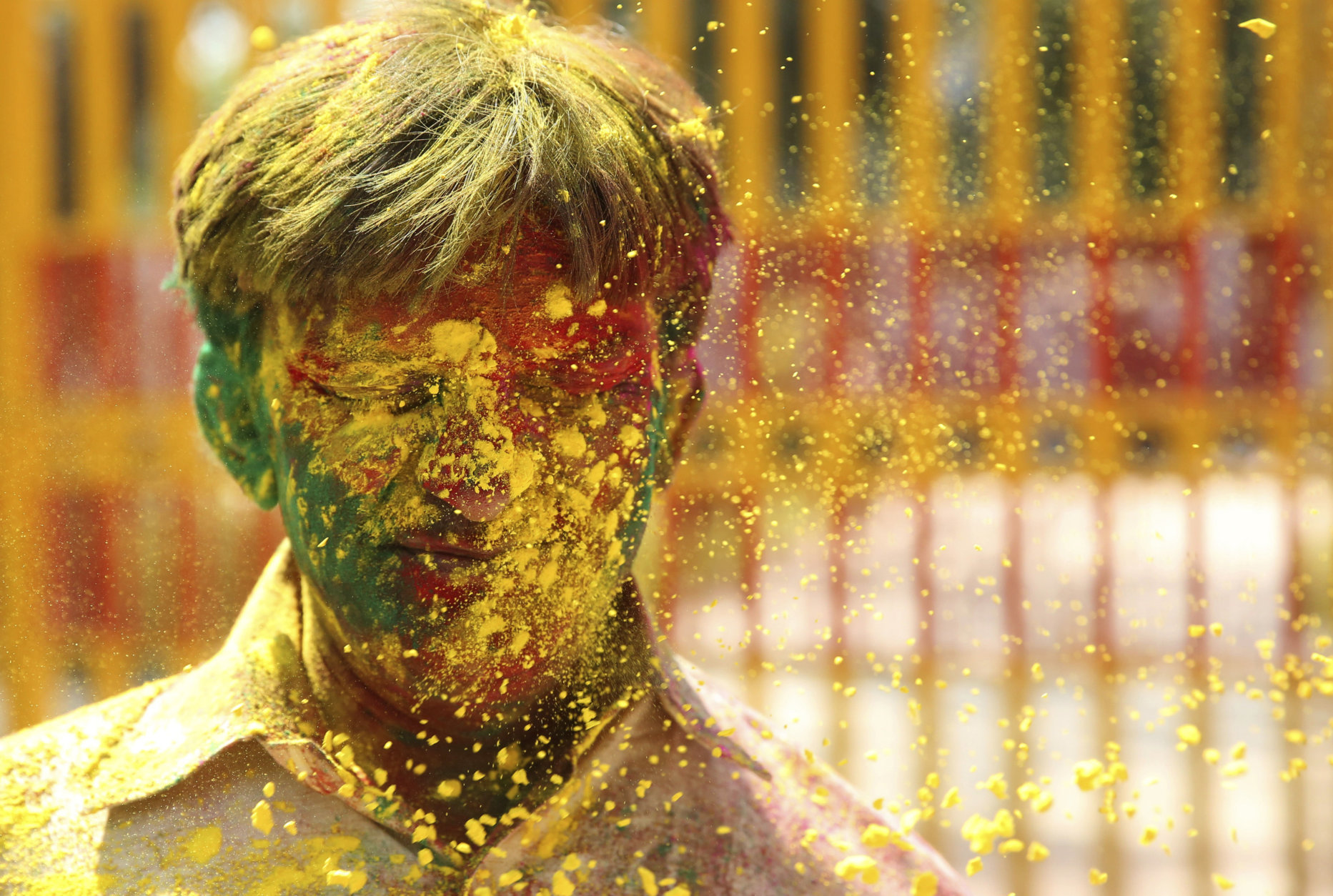
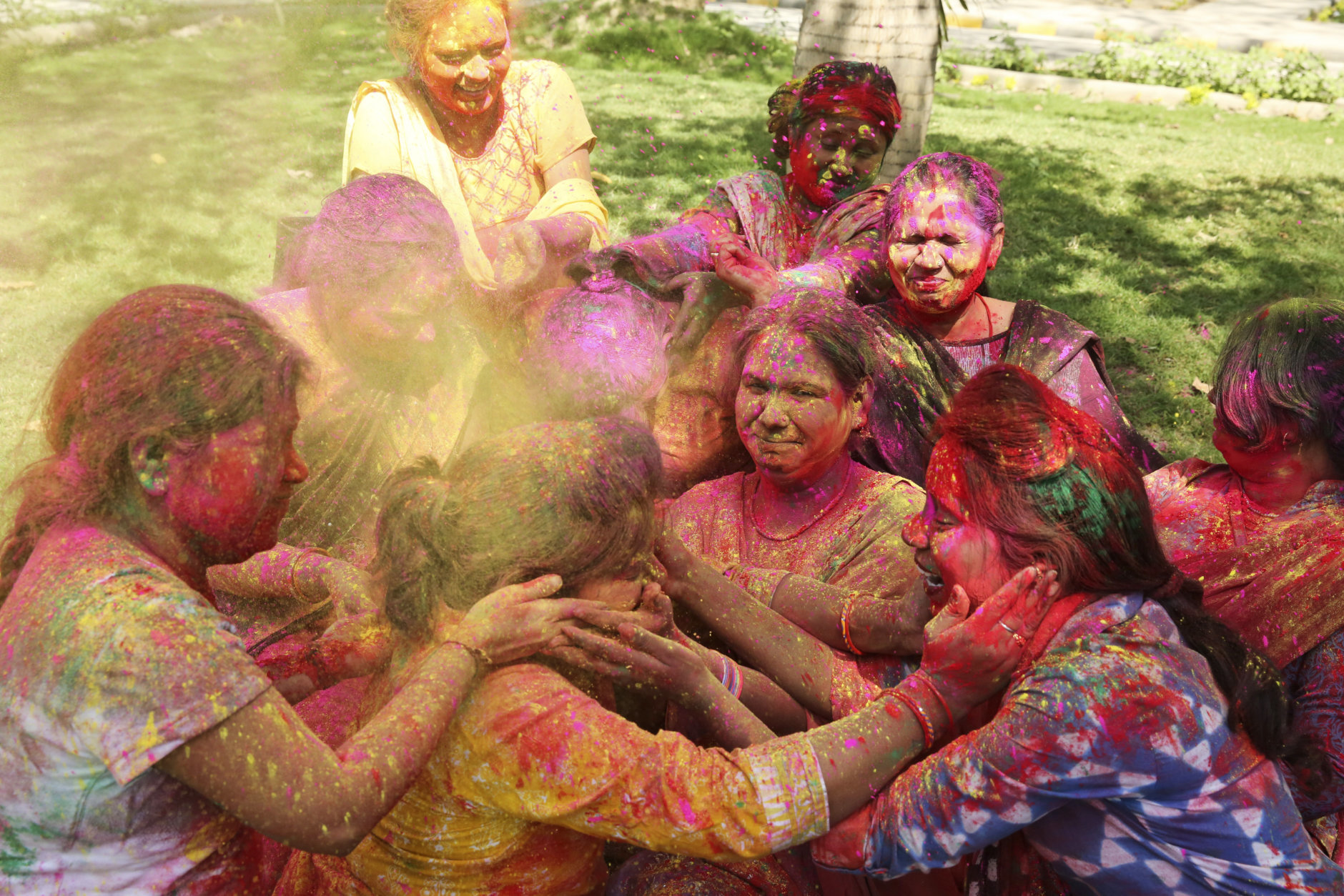
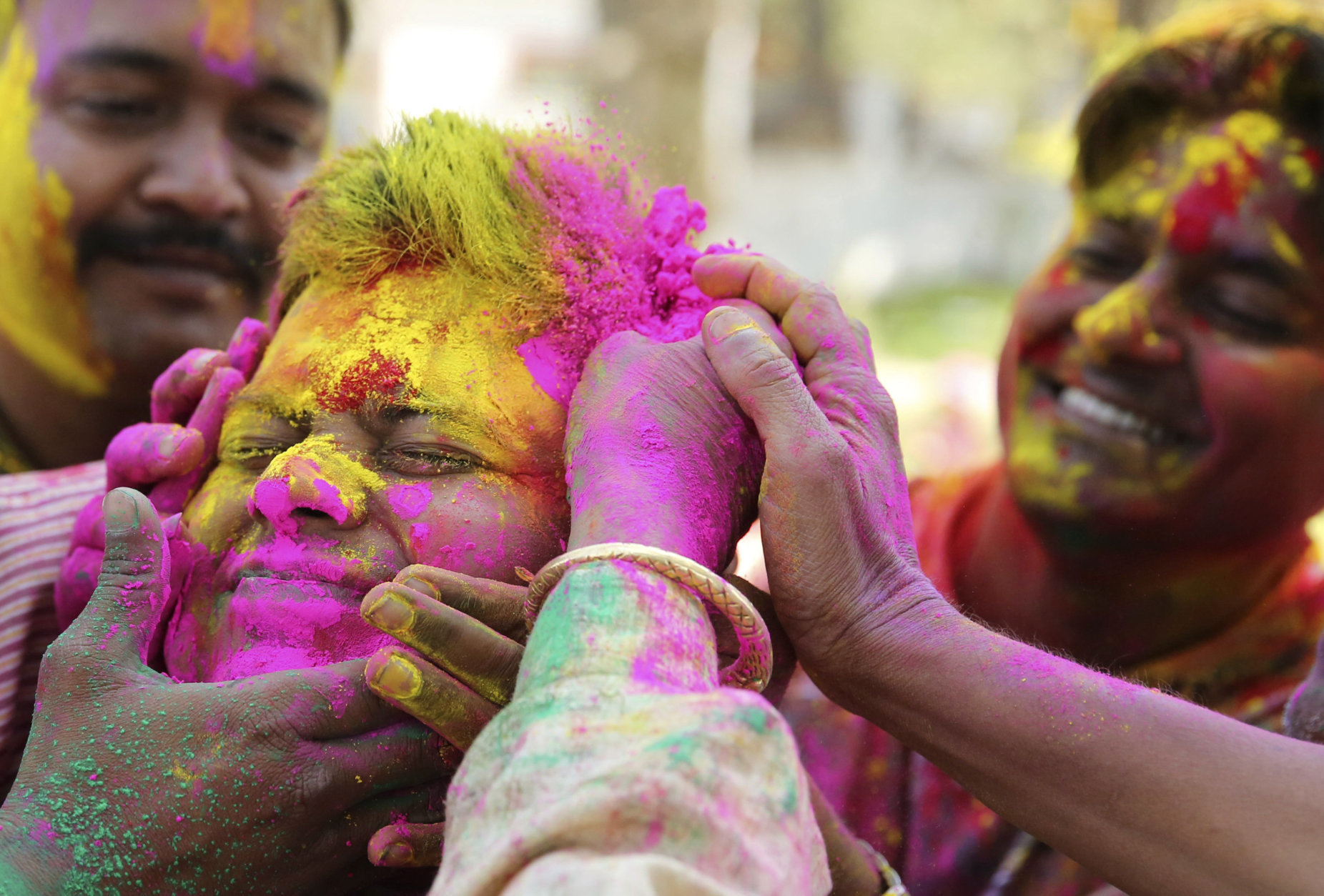
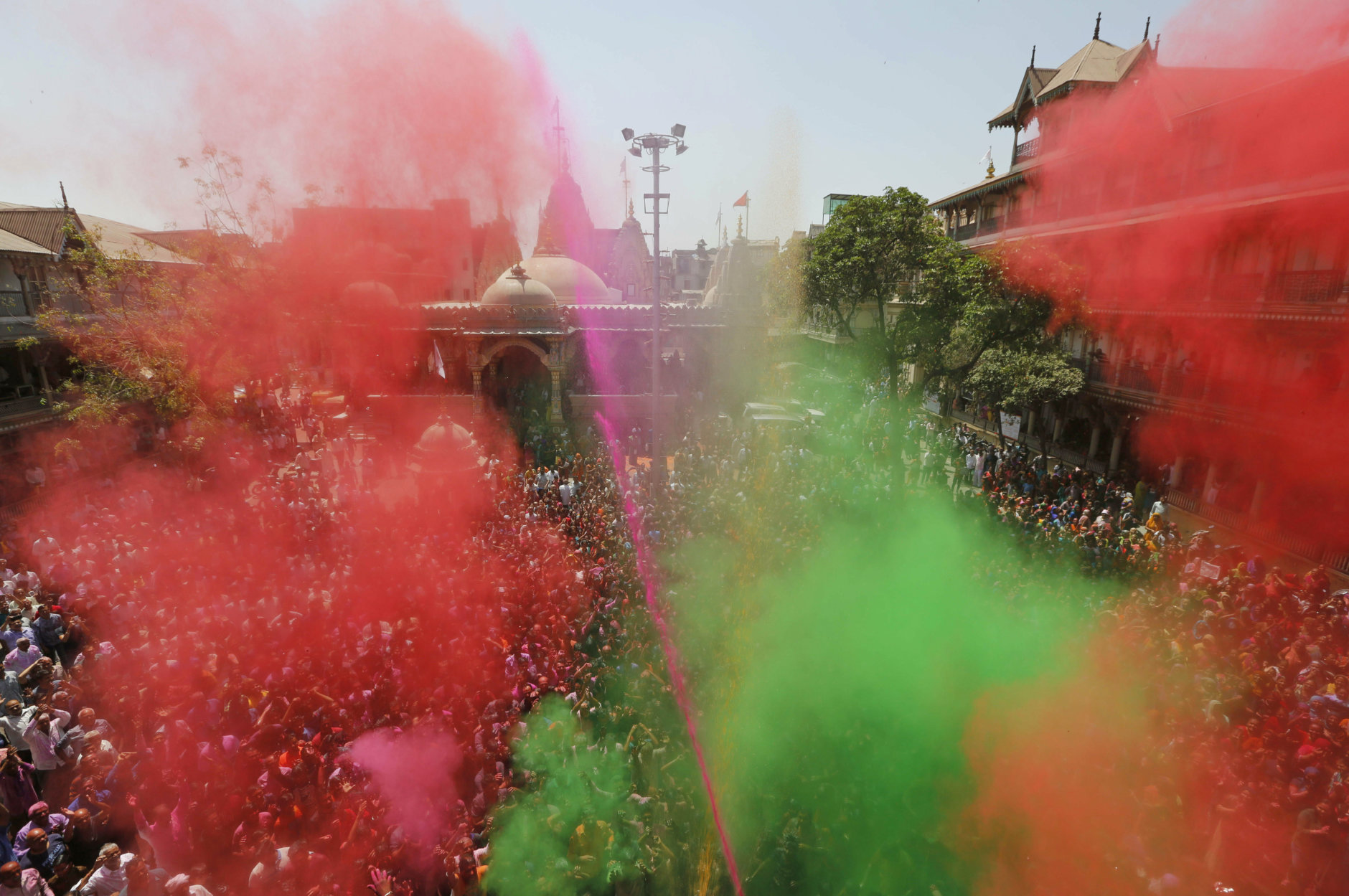
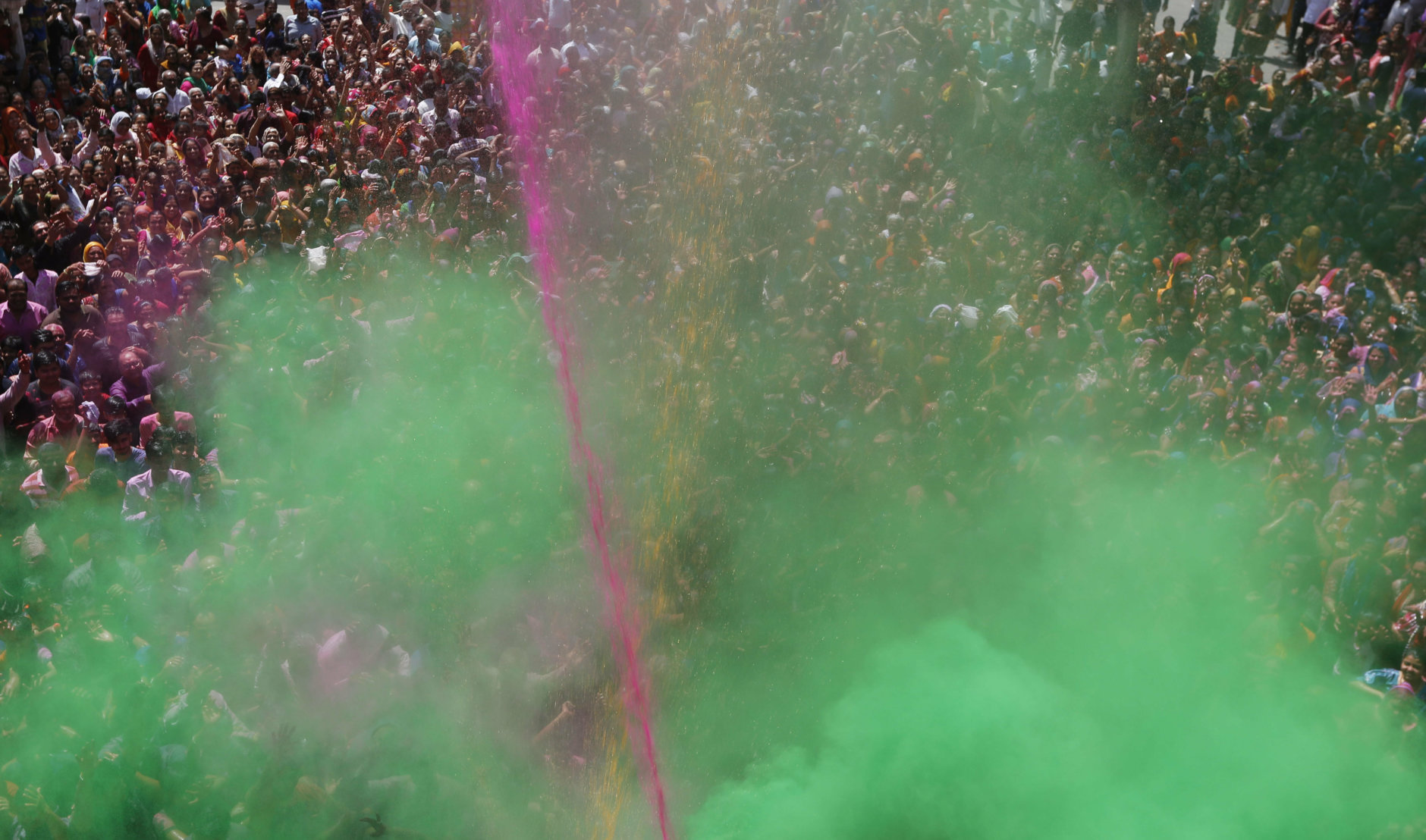
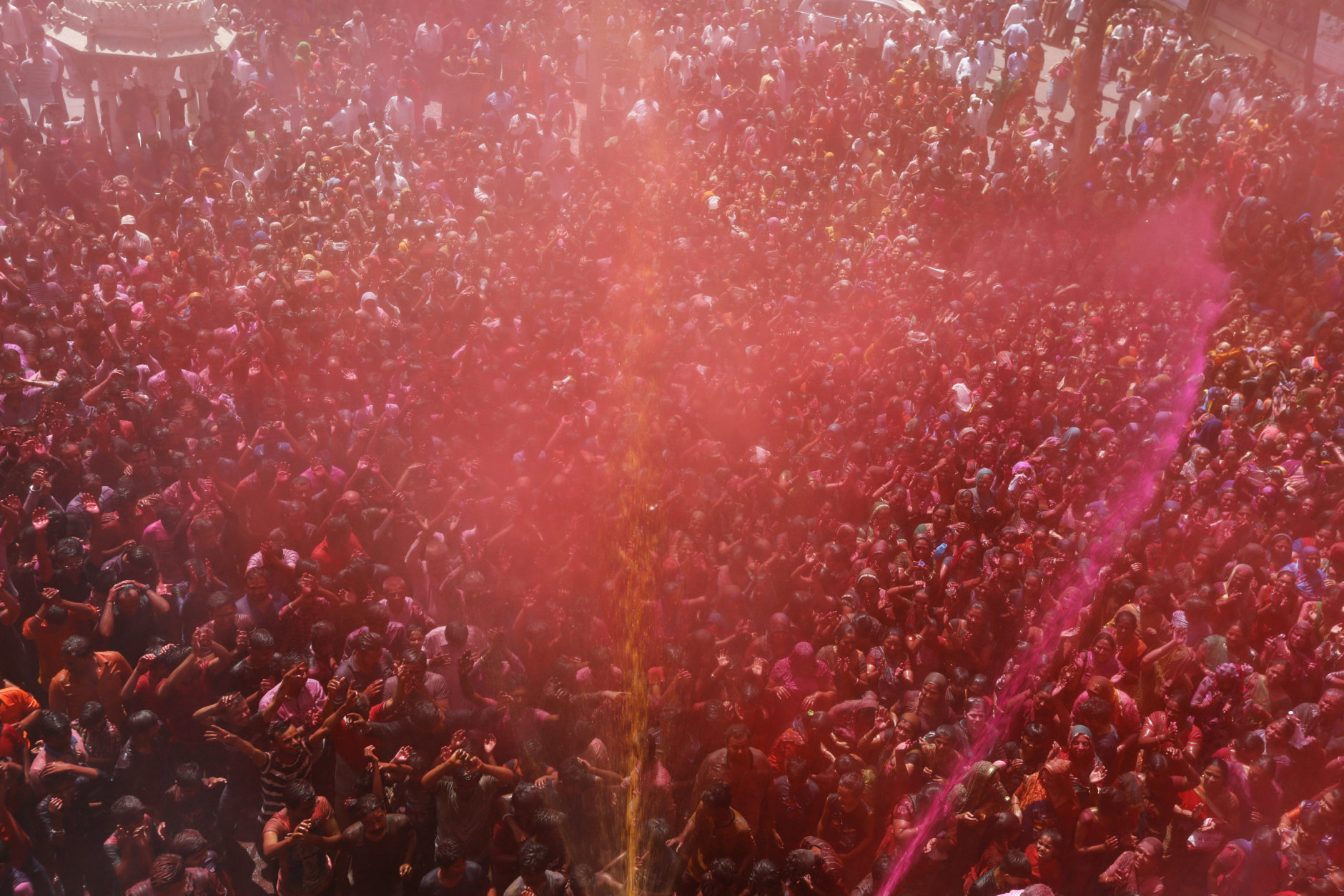
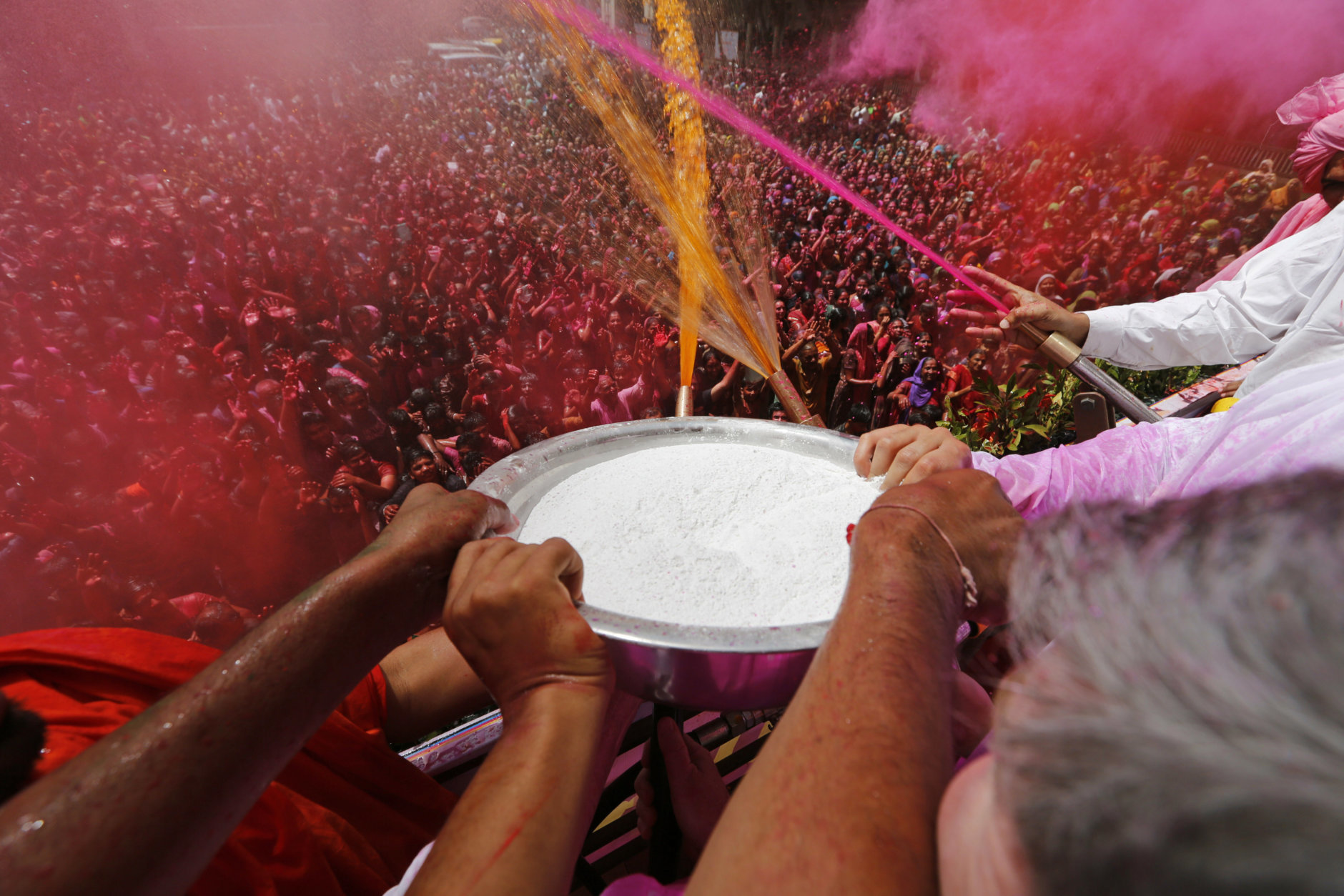
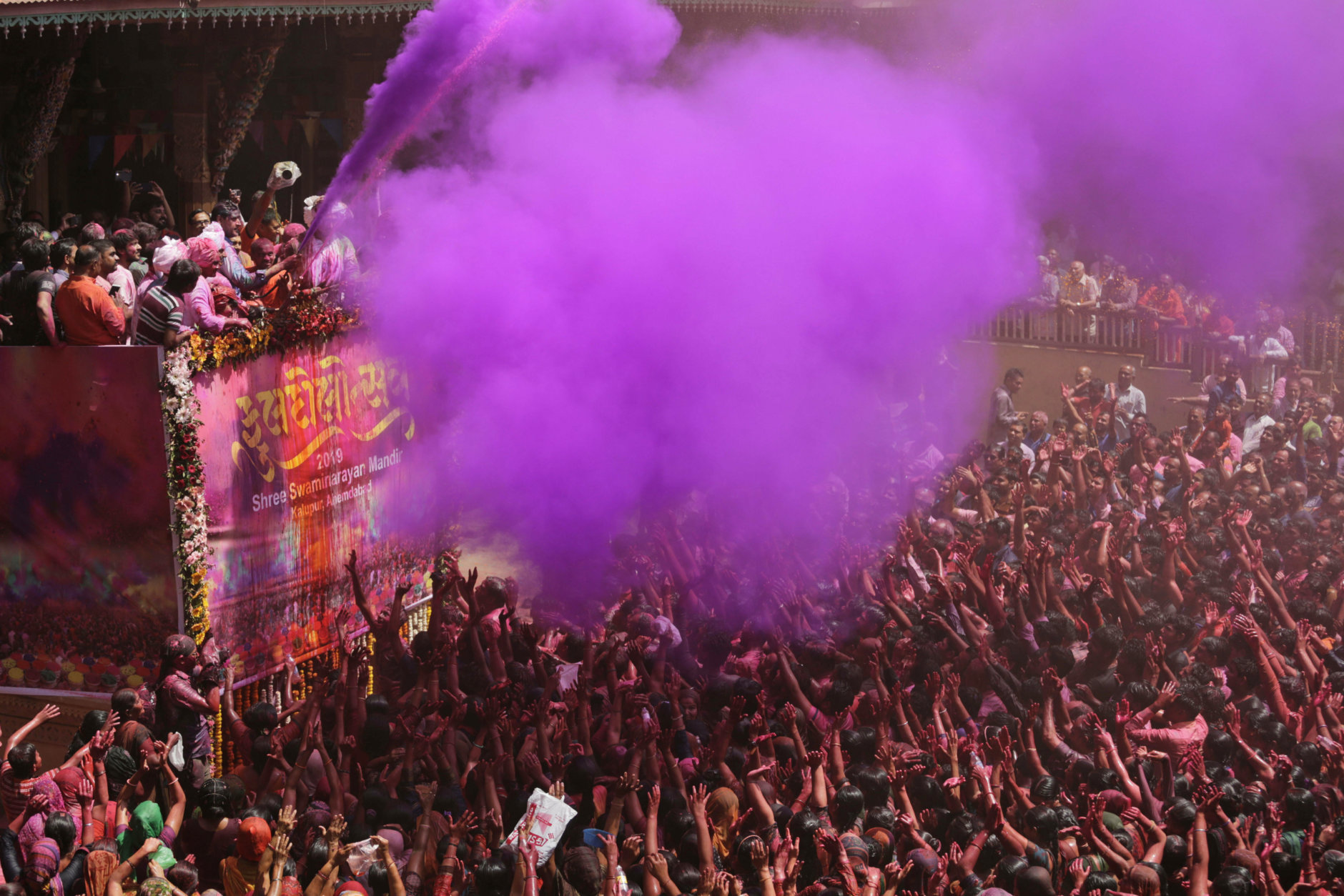
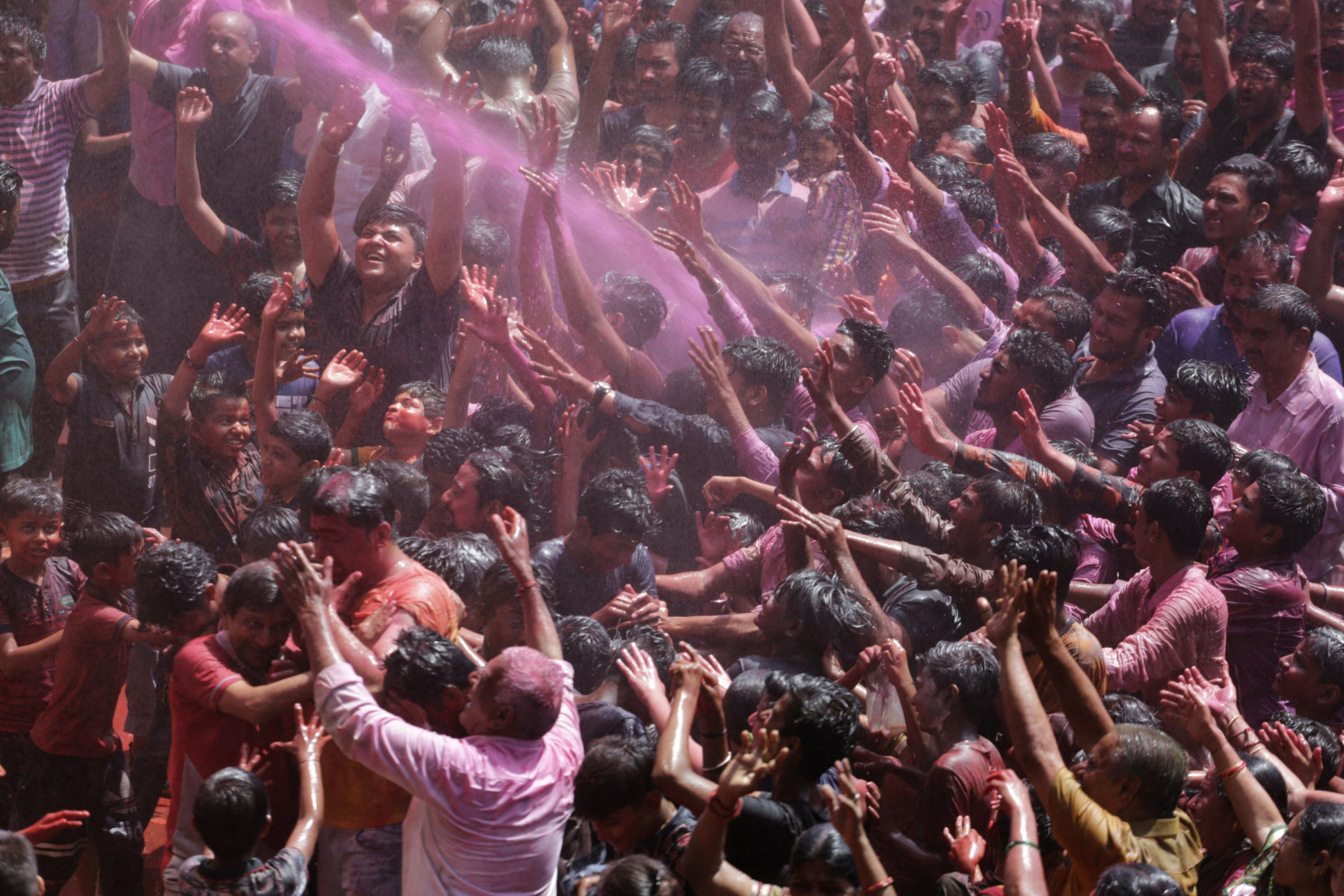
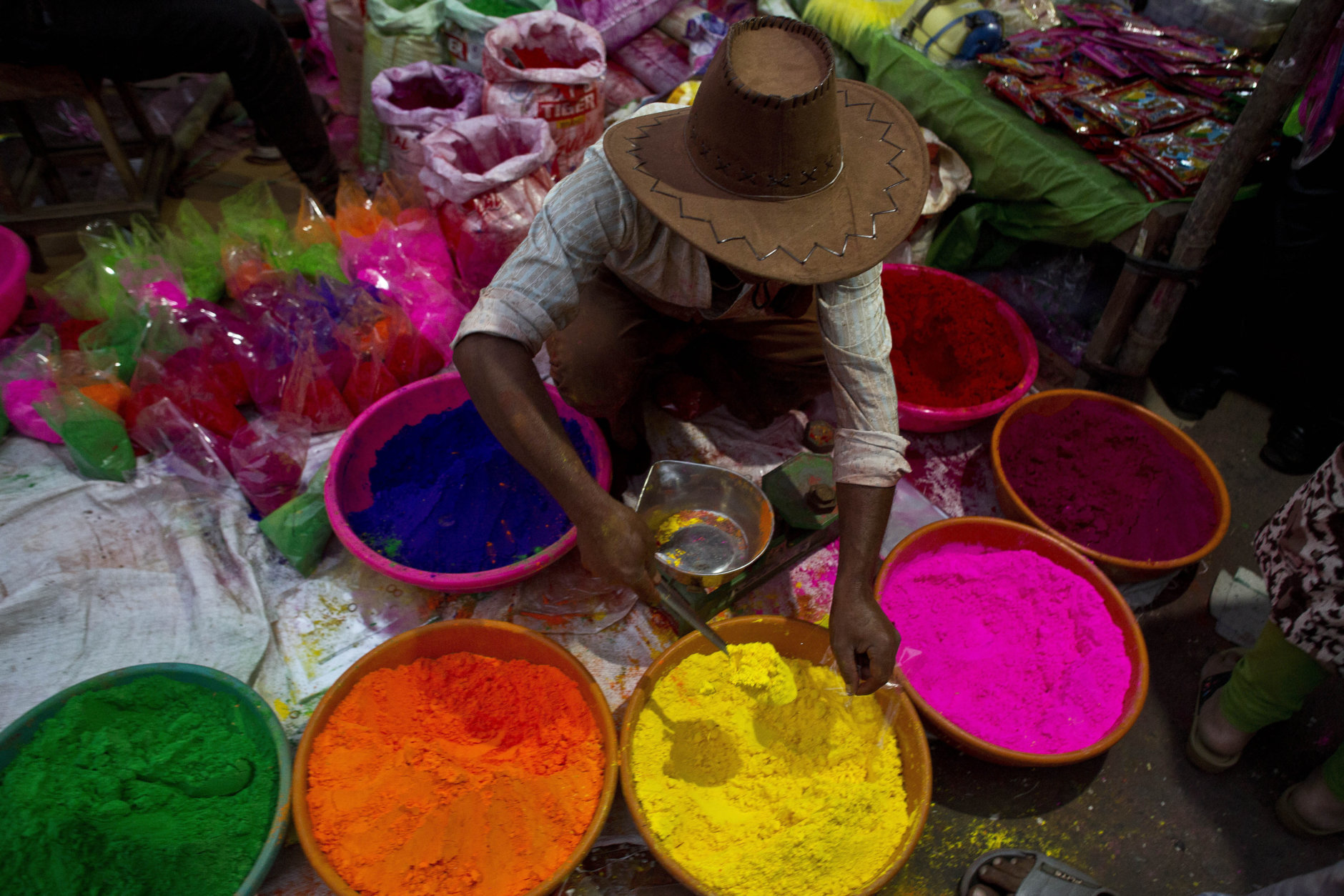
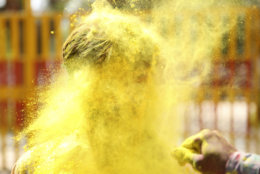

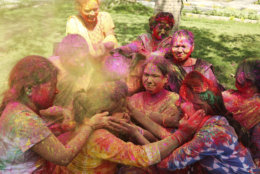
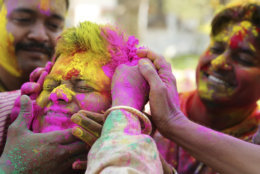
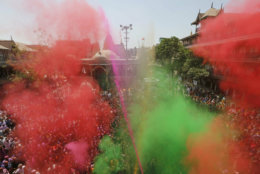
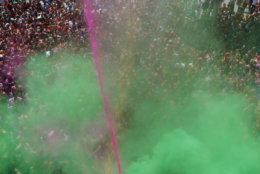
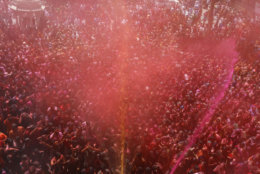
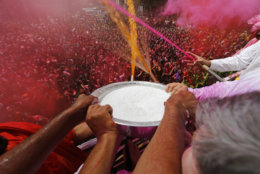
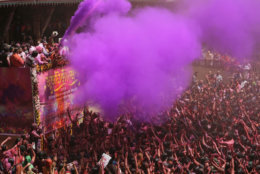
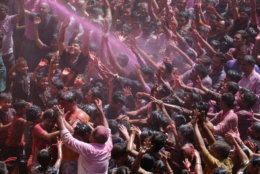
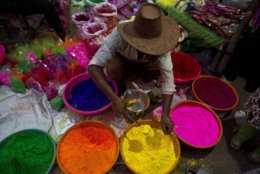
Nowruz (Persian New Year): This is one of humanity’s oldest celebrations, going back thousands of years. Nowruz is a word in the Farsi language of Iran, and it means new day.
The United Nations says more than 300 million people celebrate Nowruz. This includes Iran as well as places that have felt Persian influence through the ages: the Balkans, the Black Sea Basin, the Caucasus, Central Asia and the Middle East.
Despite the tradition predating the rise of Islam by many centuries, it’s a national holiday in the Islamic Republic of Iran.
Vernal Equinox Day: On the other side of Asia from Iran is another country with a public holiday: Japan.
The holiday has its roots in the ancient Shintoism religion. Adherents believed that every natural object possessed a spiritual force. During spring, trees and flowers thrive, so eventually the vernal equinox became the official day for celebrating.
The holiday is now a secular one. To celebrate, people will hold family reunions, visit shrines and seek out cherry blossoms and other natural wonders.
Holi: Yet another Asian religion — Hinduism — has an arrival-of-spring holiday. Holi a very old festival. The first known mention of it is in a fourth century poem.
It’s a national holiday in India, and it is celebrated on the day after the full moon in the Hindu month of Phalguna. It’s not a uniform holiday — the start and end dates can vary by region and the duration of the celebration can be different, too. For many Indians in 2019, Holi will start on Wednesday, March 20, and end the next day.
For many Westerners, the holiday is known for the vibrantly colored powders with which people cover themselves and others.
Easter: It’s no coincidence that Christians around the world celebrate the resurrection of Jesus around the same time that spring brings a rebirth to nature (in the temperate zones of the Northern Hemisphere, at any rate).
The date of each Easter is set on the first Sunday after the full moon that occurs on or after the spring equinox. That allows Easter to fall anywhere from March 22 to April 25. In 2019, Easter will be April 21. (Eastern Orthodox churches will celebrate on April 28).
Ancient sites and gatherings
Our ancestors had a keen awareness of the seasons and the movements of the sun and other stars. They built mysterious sites that have at least one obvious use: that of giant calendars, often aligned to prominently display shafts of sunlight during solstices and equinoxes.
Here are just a few of them:
Chichen Itza, Mexico: This complex of Mayan ruins on the Yucatan Peninsula of Mexico is popular all year but especially during the spring and autumn equinoxes.
At the “El Castillo” pyramid dedicated to Kukulcán (or Quetzalcoatl), the late afternoon sun creates the shadow illusion of a snake slowly sliding down the northern staircase. Thousands come here to witness this spectacle, and the day now has a carnival atmosphere, with music, dancers and more.
Mnajdra Temples, Malta: On the Mediterranean island of Malta, the Mnajdra complex consists of three temples. The buildings are estimated to date from 3600 B.C. to 2500 B.C.
During the spring and fall equinoxes, the rising sun is in exact alignment with the main doorway of the lower temple, which allows sunlight to fill the main corridor into the innermost altar. It’s a celebrated event on the island.
Stonehenge, England: The most famous Neolithic structure in England if not the world is the gathering place for pagans, druids and the plain curious during spring equinox.
You can arrange a tour during either of the equinoxes or solstices and watch the same awe-inspiring, clockwork sunrise that our ancient ancestors witnessed thousands of years ago.
2019 equinox bonus: Supermoon!
This year’s vernal equinox has something special: The last supermoon of 2019. It’s called the Full Worm Moon, and it will rise on the same day as the equinox.
You have to go back to 1981 to find the full moon and the spring equinox occurring on the same date.
During a supermoon, our orbital neighbor appears brighter and a little larger than usual as it rises.

